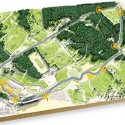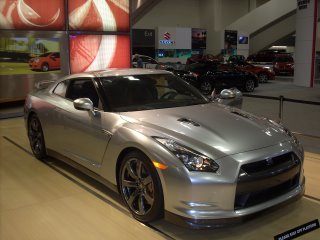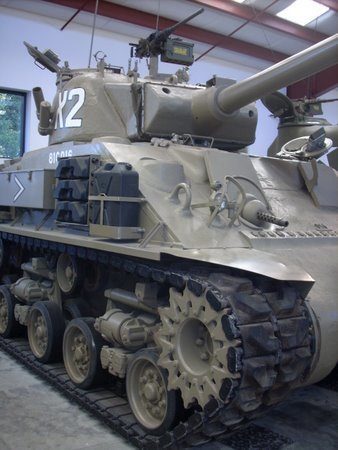— by Evan Weiner —
As we chose specific names for our Membership Levels at Club Sportiva, we loved the idea of selecting some of our favorite race courses across the world to represent each package. Over the coming weeks, we’ll be covering each of these famous tracks to enlighten our readers and give a greater insight into their place in history. You’ll learn more about Le Mans, Sebring, Nurburgring, and Monaco.
When we think of famous race courses historical connections are most often the determining factor in our admiration. An ideal setup with abundant straights, wide turns and sharp corners, like that of the Nurburgring (the ‘Ring) are inherently ideal, but others rely largely on their historical goings-on as a claim to fame. One of these is the famed Le Mans race course, more accurately called the Circuit de la Sarthe. Located near Le Mans, France, the Circuit de la Sarthe is most famous for being the home to the 24 hours of Le Mans. Using local roads, Le Mans is a sprawling course of abundant fast sections set up in an oval-triangle hybrid and covers a whopping 8.5 miles, making it one of the longest circuits in the world; a feat very conducive to a race that involves significant seat time. Along the famous Mulsanne straight, Le Mans cars reach over 200 miles per hour, only to slow down to double digits when approaching sharp turns like that of Arnage. If you read our entry last week on Bentley sedans you may notice some familiar names, Mulsanne and Arnage, both sections of the Circuit de la Sarthe that have a second home as Bentley nameplates, likely because of Bentley’s victory during the first years of Le Mans from 1923 to 1928.
 When taking a closer look at the champion’s roster of Le Mans, we see a few brands that clearly stand out in their dedication to endurance race engineering prowess. In terms of number of wins since the start of the Le Mans race, Jaguar leads the pack, followed by Audi and Porsche. Audi has dominated the track since 1997 and recently won the 2011 Le Mans race with its accomplished R15, a few of which met their demise on the track last week. But while the track has historic nostalgia tied to it, the race we saw last week was on a very different track than we see today. In its early days the Cicuit de la Sarthe went straight into the city but was eventually diverted in 1932, the same time the iconic Dunlop Bridge was installed. As cars got faster and casualties made their grim appearance, further changes were inevitable and several modifications have been made since. Speaking of casualties, the Circuit de la Sarthe is scarred by one of its feats, that being the 1955 24 hours of Le Mans where driver Pierre lavegh crashed his Mercedes 300 SLR in such a manner that its damaged hull hurled into the stands, killing an additional 83 spectators.
When taking a closer look at the champion’s roster of Le Mans, we see a few brands that clearly stand out in their dedication to endurance race engineering prowess. In terms of number of wins since the start of the Le Mans race, Jaguar leads the pack, followed by Audi and Porsche. Audi has dominated the track since 1997 and recently won the 2011 Le Mans race with its accomplished R15, a few of which met their demise on the track last week. But while the track has historic nostalgia tied to it, the race we saw last week was on a very different track than we see today. In its early days the Cicuit de la Sarthe went straight into the city but was eventually diverted in 1932, the same time the iconic Dunlop Bridge was installed. As cars got faster and casualties made their grim appearance, further changes were inevitable and several modifications have been made since. Speaking of casualties, the Circuit de la Sarthe is scarred by one of its feats, that being the 1955 24 hours of Le Mans where driver Pierre lavegh crashed his Mercedes 300 SLR in such a manner that its damaged hull hurled into the stands, killing an additional 83 spectators.
Don’t view this sobering event as just a tragedy, though, but as a marker of the racing ingenuity and passion that is deeply seeded in this track. Almost 90 years of the automotive industry’s most advanced technologies and sought after brands choose this track as the stage for motorsports accomplishment. Whether it is the circuit’s notable shape, colorful history or the flagship race in which it hosts, there is no doubt that the Cicuit de la Sarthe (Le Mans) is one of motorsports’ most important icons.
Click here to learn more about Club Sportiva Club Memberships




